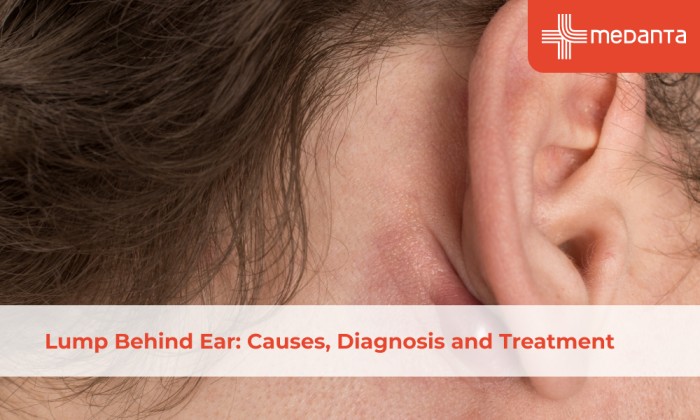Parkinson’s Disease: Can an EEG Test Improve Diagnosis, Lead to New Therapies

Parkinson's disease is prevalent, ranking second among age-related degenerative brain conditions causing unintended movements, along with balance and coordination difficulties. It's known for slow movements, tremors, and balance issues.
Recognized by the World Health Organization (WHO), Parkinson's progressively worsens over time, resulting in high disability rates and increased care needs. Many individuals with PD also develop dementia.
How Common Is Parkinson's Disease?
The Centers for Disease Control and Prevention (CDC) notes the widespread occurrence of Parkinson's disease, ranking second among degenerative brain diseases related to aging and standing out as the most common motor-related brain disorder. Experts estimate its prevalence in at least 1% of individuals over 60 globally.
It is identified as a chronic and progressive neurological disorder primarily marked by the degeneration of dopamine-producing neurons in a specific brain region, ranking as the second most common neurological disorder worldwide, following Alzheimer's disease.
Symptoms of Parkinson’s Disease
Various symptoms of this brain disorder, emphasizing its wide-ranging severity among individuals. Early signs can be subtle and easily overlooked, including involuntary tremors, slowness of movement (bradykinesia), muscle rigidity, difficulties in maintaining balance (postural instability), loss of voluntary muscle movement (akinesia), temporary movement loss, speech and swallowing problems, micrographia (shrinking handwriting), and a masked face with reduced facial expressions.
Risk Factors of Parkinson’s Disease
Recognized risk factors for Parkinson’s disease encompass advancing age, with most diagnoses occurring after 60, specific genetic mutations (though not exclusive causes), exposure to environmental toxins like pesticides and herbicides, and a slightly higher susceptibility in men compared to women, as per Medanta Hospital.
Caring for Someone with Parkinson’s Disease
Caring for a loved one with Parkinson's Disease presents both challenges and rewards. Key steps involve educating oneself about the disorder, ensuring medical adherence, promoting physical activity and assisting with daily activities such as dressing, eating, and grooming. Emotional support is crucial, and joining a support group for caregivers can provide valuable insights and advice from others facing similar situations.
Conclusion
Living with Parkinson’s Disease is a challenge. Everyday tasks and activities that used to be easy can become difficult or even impossible. Early diagnosis is key to treatment and improved quality of life, and the EEG test might provide some clues for physicians as they investigate this complex disease.
It’s too early to know how the EEG can help with the diagnosis and treatments for Parkinson’s Disease, but it’s encouraging that researchers are pursuing new ways to diagnose this illness. For experienced neurologists it may make more sense to visit a super speciality hospital which has all high tech health care facilities so that the patient is well diagnosed and given appropriate treatment.
This blog has been converted from the PR Article - Parkinson’s Disease: Causes, Symptoms, Risk Factors, Diagnosis and other important details



